The Naval Submarine Base Kings is the East Coast home of the Trident Submarines. It is one of the U.S. Navy’s most important bases. You may think that all bases are the same but this one has more than a few particularities.
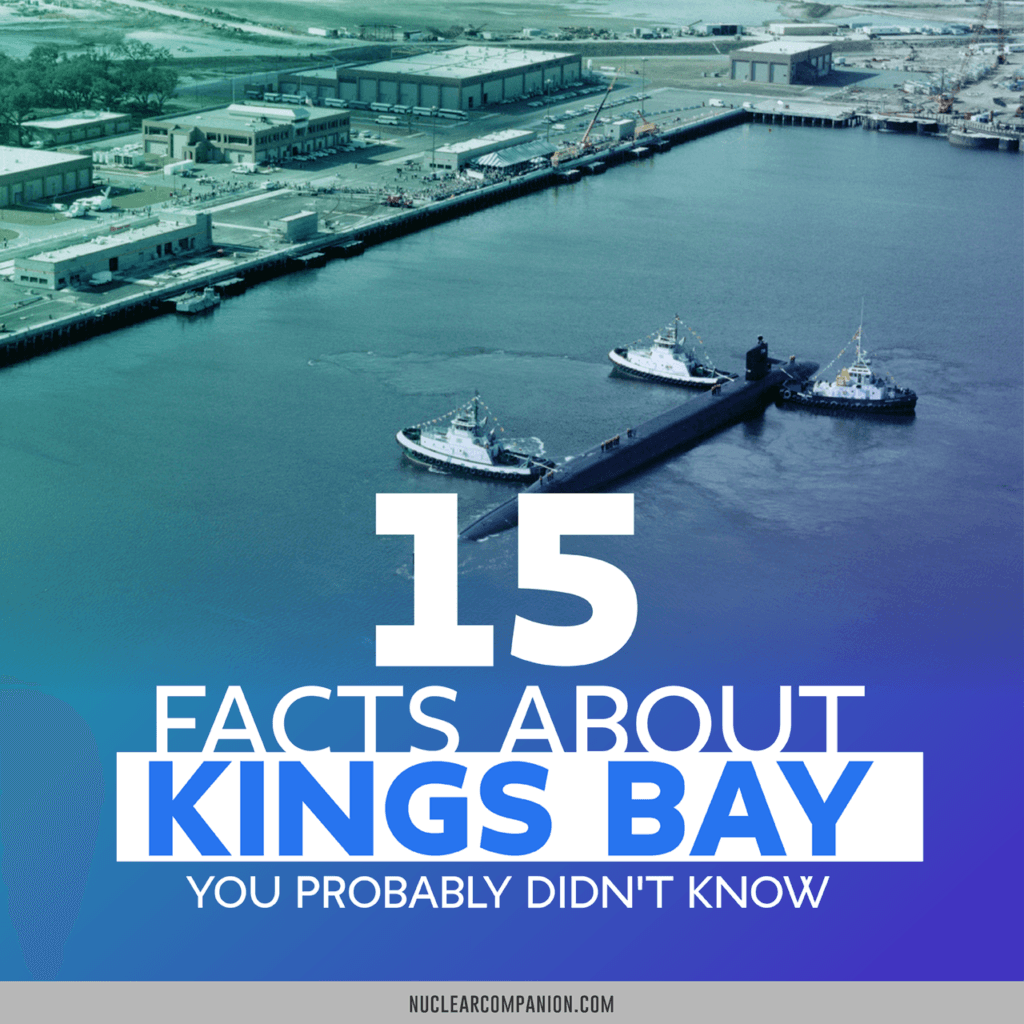
The following are some facts about the base, its past, and its present. Although it may seem like a particularly large list, this is only due to the number of unusual things Kings Bay has to offer.
1. Every ballistic submarine from Kings Bay Holds an incredible dissuasive power
Not only today but during all its existence Kings Bay has excelled as a massively dissuasive force.
During the 1980s, Kings Bay hosted the Submarine Squadron Sixteen. This was a group of ten Poseidon submarines that arrived at the base in 1979 after the Navy closed its facilities in Rota, Spain.
Back then, each one of the submarines had a total of sixteen Poseidon C3 Submarine-launched ballistic missiles. Being ten of them, Kings Bay could deploy a total force of a hundred and sixty warheads. A fearsome force, since each of these missiles, had three times the destructive power of the nuclear bomb dropped in Hiroshima.
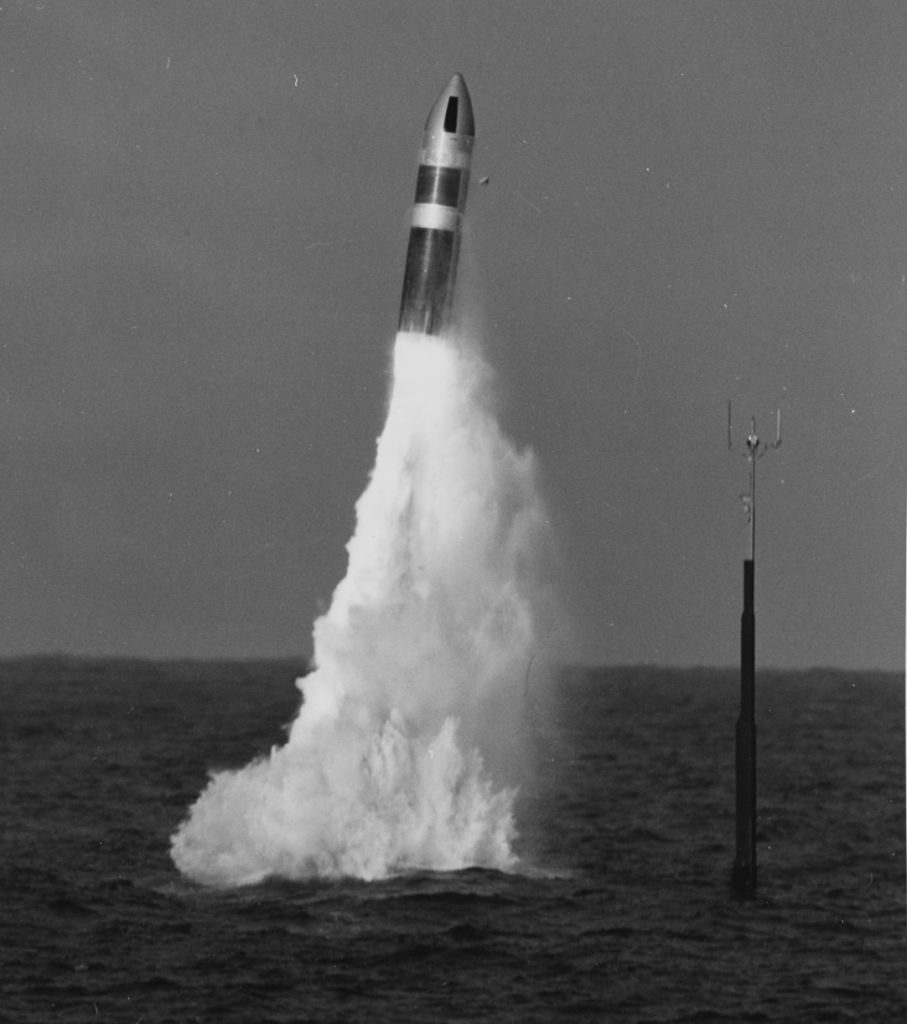
In fact, just a single one of these submarines had three times the total firepower deployed in World War II. In this sense, each of these submarines could by itself take care of all the relevant cities in the USSR.
And yet, such power became even bigger when these submarines arrived at Kings Bay. Navy engineers modified the submarines to carry modern Trident I C-4 missiles. With this update, each sub was powerful enough as eight times (!) the entire firepower utilized in World War II.
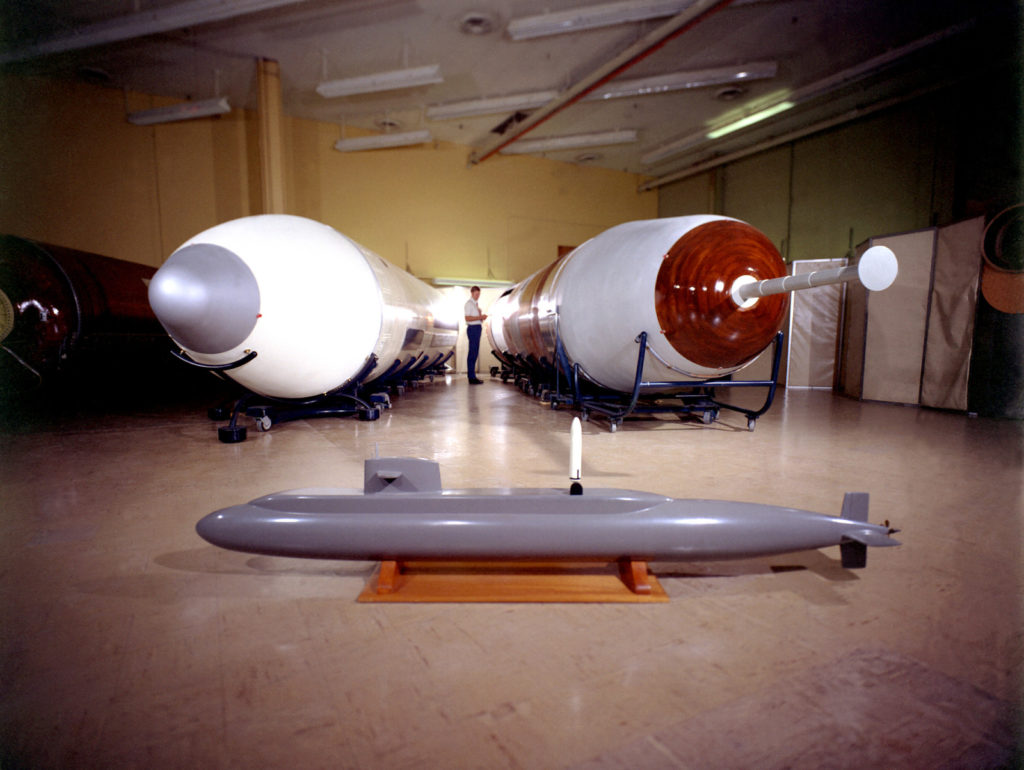
However, the power scale of Kings Bay submarines did not finish there. By the 1990s, Squadron Sixteen became history, giving its place to Squadron Twenty.
This squadron had eight Ohio submarines, each with twenty-four sixty-ton Trident II D-5 missiles. At the same time, each of these missiles has eight nuclear warheads. Only one of these warheads has the same explosive power of 182 billion pounds of TNT.
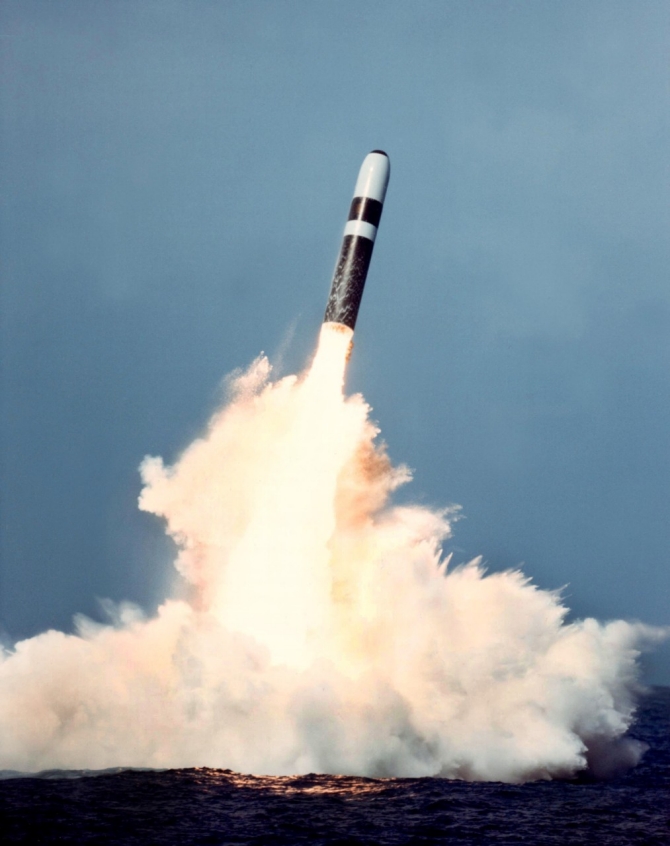
Let’s put it in perspective. A Submarine with Trident D-5 missiles is capable of deploying a destructive power THIRTY times greater than all explosives detonated in World War II.
As of today, Squadron Twenty has reduced its number of submarines from eight to five. Something that makes total sense, since there was no need for such destructive power.
2. Initially, Kings Bay was meant to be an emergency ocean terminal for the U.S. Army
The first military use for Kings Bay goes all the way down to 1954. That year, the Army began to acquire acres of land in Camden, Georgia, in order to build an ocean terminal.
Its purpose was to use it as an ammunition supply facility in case of a national emergency. But, more specifically to assist Europe in case of a Soviet invasion.
The construction took four years. Its name: Military Ocean Terminal Kings Bay (MOTKI).
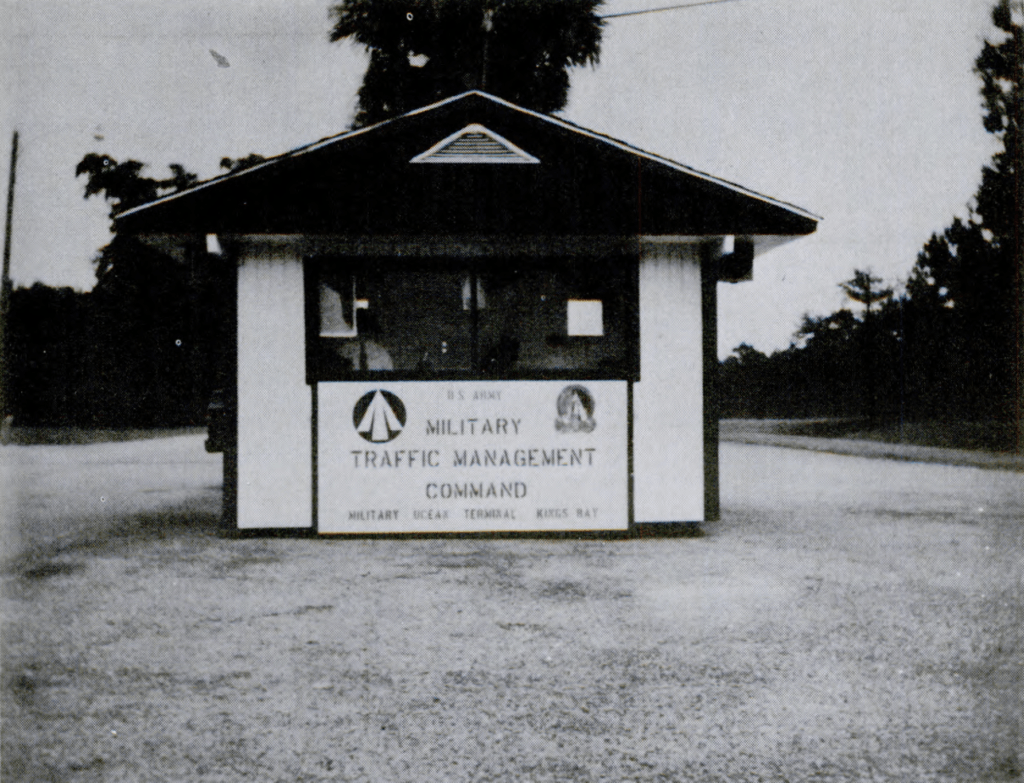
Nonetheless, the army never used the terminal for its intended use. The thing is that there was not an immediate need for it. Therefore, they gave it a non-operational status, which lasted for about twenty years.
For a detailed history of the base during the Army’s years, you could read our History of Kings Bay Naval Base Vol I: The U.S. Army years (1955-1978) article.
3. Despite its military background, it served a long time as a commercial terminal
The non-operational status was an immediate concern. Adding to the cost of building the terminal, there was also the cost of maintaining it.
Soon enough the army allowed the terminal to be used for commercial purposes. The next year after its construction ended, the Blue Star Shipping Company, a shipping and logistics firm, began to use the terminal.
For twenty years, the company employed the installations. Kings Bay became the only port on the Atlantic coast of the US able to handle large commercial shipments of explosives. Commercial uses for explosives include commercial mining and construction projects.
Kings Bay stood largely on this sole position. Mainly, since there was no other facility meeting the federal agency regulations required.
But, there was a problem. Army restrictions didn’t let the full exploit of the installations.
So, in 1972 First District Representative Ronald “Bo” Ginn requested the U.S. Army to abandon the terminal.
However, at first, the Secretary of the Army Howard Callaway denied the request in 1974. For him, Kings Bay, although its commercial use, was still a key facility for the Army and was meant to remain under their domain.
By the 1970s, the Navy was looking for a place to establish a base for their new Ohio Nuclear Submarines. Kings Bay was one of the places they were considering the most.
Ginn took advantage of the situation and stood for the Navy. His help made possible the installation of the base in Kings Bay in 1978.
4. Its construction was the largest peacetime construction program ever undertaken by the U.S. Navy
Getting to use the terminal was but the first part for the US Navy. In the construction of its base, it approached its largest peacetime construction program. The construction took nine years to complete and cost $1.3-1.6 billion.
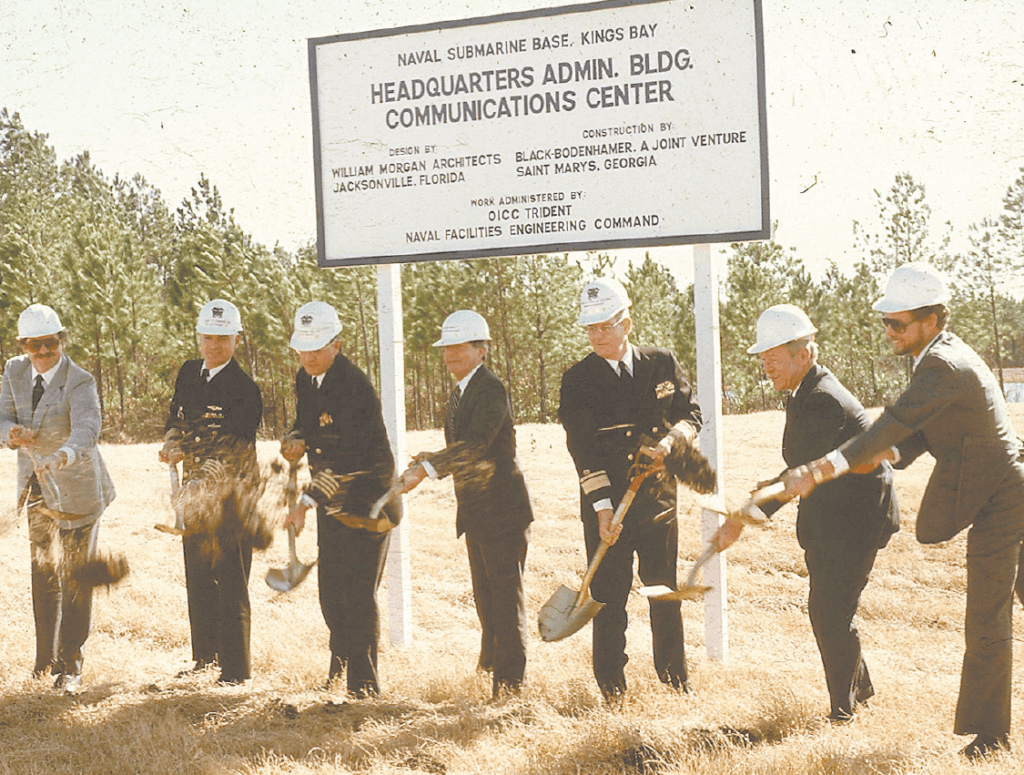
Since then, the base has continued to grow and upgrade its facilities. As of today, the base consists of almost 17k acres of which more than 4k are protected wetlands (we will talk about them later on).
5. Has the Deepest Covered Dry Dock in the Whole Western Hemisphere
The Trident covered dry dock stands as the deepest in the western hemisphere thanks to its 67 ft. of depth.
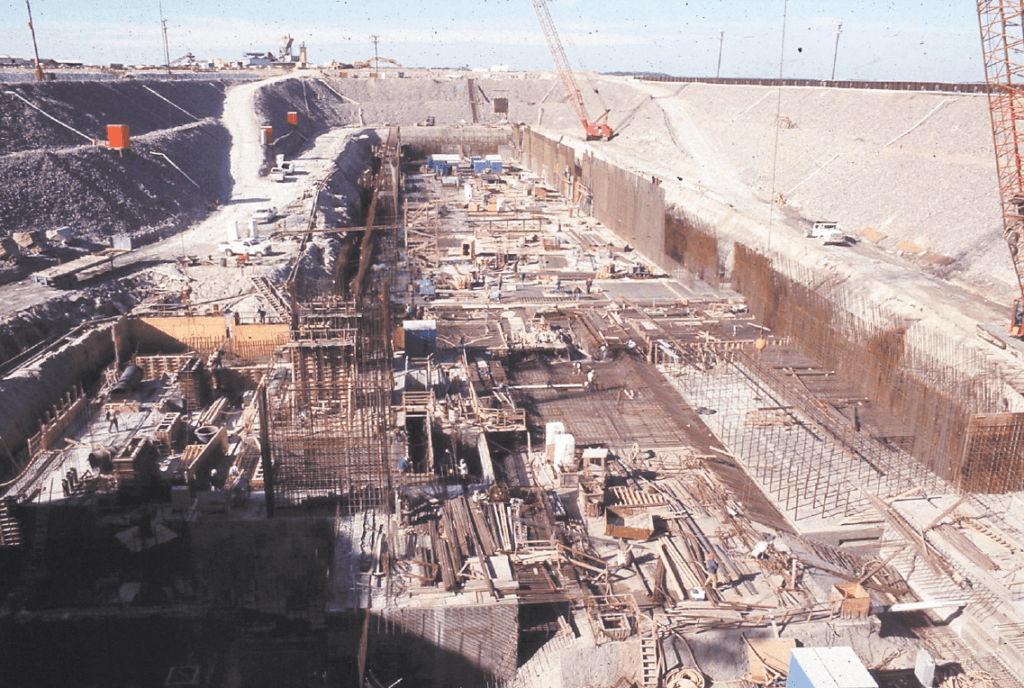
The construction of this massive facility cost $97 million. It has a 2,000-ft. wharf under its roof, which at a height of 143 ft makes it the tallest building in Camden County (not that it has much competition, though).
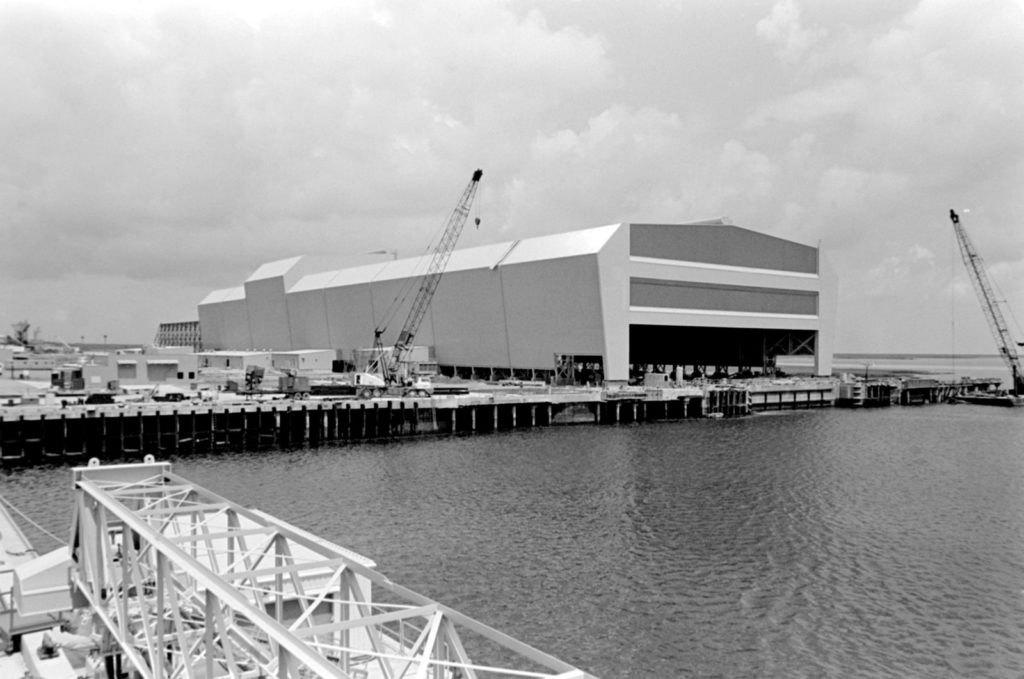
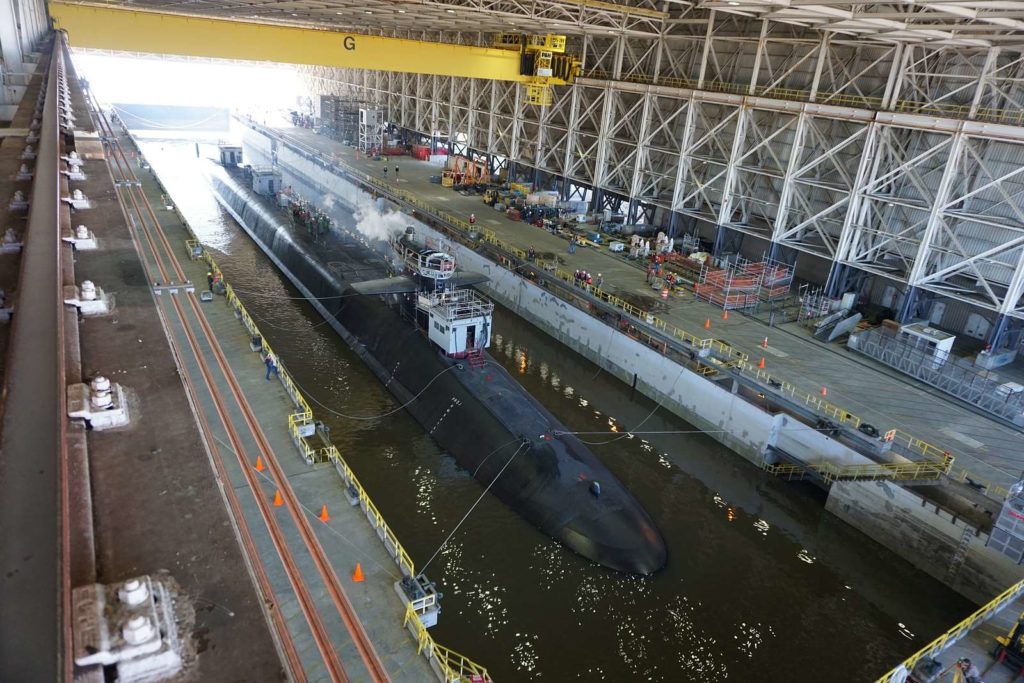
Regarding the dock’s dimensions, it’s 700 ft. long and 100 ft. wide. To fill its enormous base, with a capacity of 33 million gallons of water, the contractor had to build a concrete plant on site. This immense body of water can be pumped out for repairing a submarine, leaving it standing on blocks.
6. Its construction made the local population explode
The construction of the terminal in the 1950s led Camden to experience a small growth. But when twenty years later the Navy project arrived the actual boom occurred.
Camden County’s population was only 11k inhabitants in 1970. However, it went from 13k in the eighties to 43k at the beginning of the new millennium. And in the last census from 2017, Camden presumed a population of 52,3k.
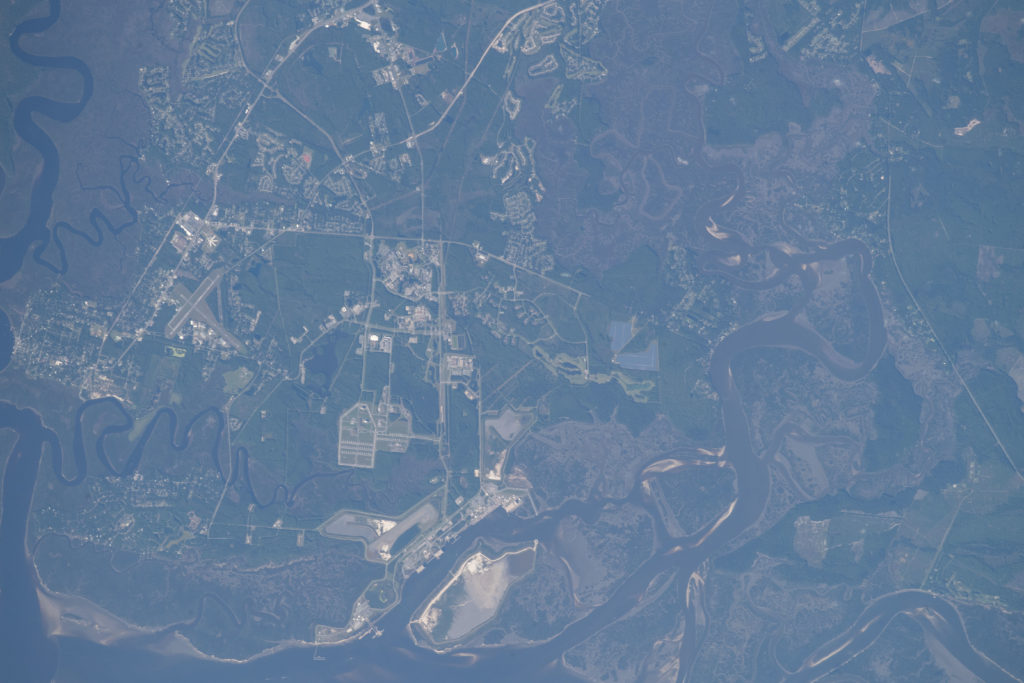
The implication of the Navy in this growth made it support Camden inhabitants as well. Nowadays, the Camden Partnership promotes programs for developing the local community.
It has even gone as far as helping largely with the construction costs for a school. That is the Crooked River Elementary, located on the perimeter of the base.
7. Its dredging project became the biggest ever in Georgia or the Carolinas.
Thanks to its budget of $150 million and requirements, the dredging became very big.
Large-scale dredging works on Camden date back to the very first construction of the military base in the 1950s. However, preparing the Cumberland Sound for submarine traffic was a whole different deal.
Trident submarines are big, measuring 580 feet and weighing 18,000 tons, twice as much as a World War II heavy cruiser. So the low depth of the water forced the US Navy to consider a special channel for them to reach the base.
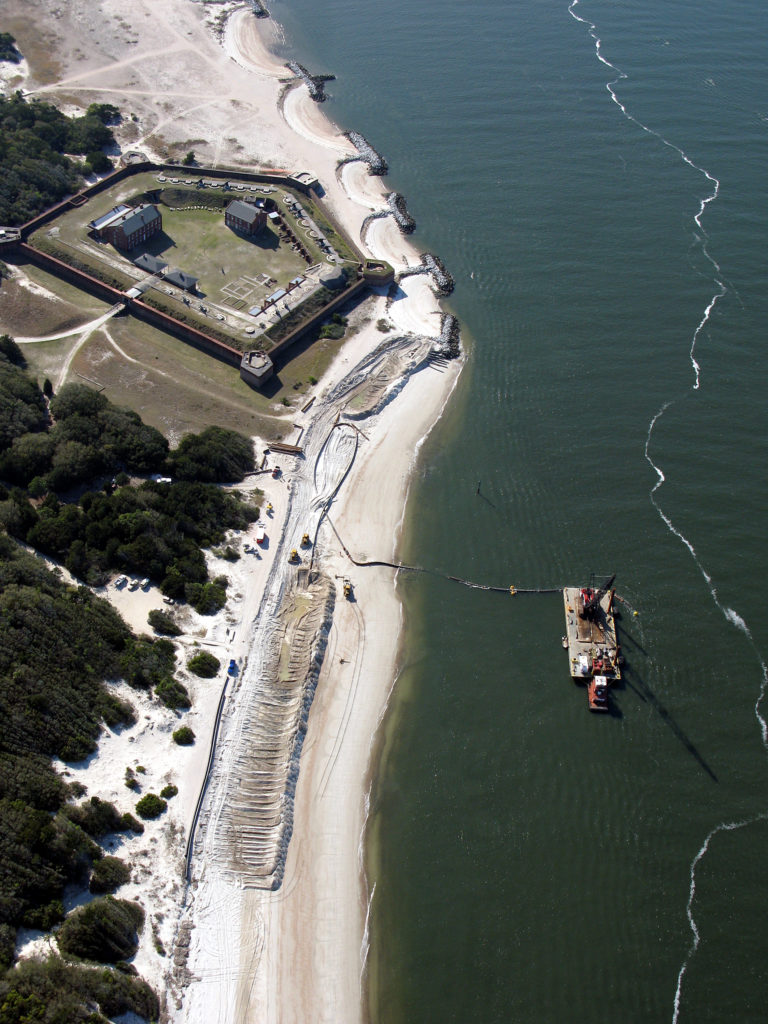
Submarines needed a depth of at least 50 ft.
The Navy then dredged a 52-ft channel around the south of Cumberland Island. In the process, they also deepened the bay itself. Plus, the final 500-ft wide trench required to go as far as 12 miles into the sea and around Cumberland Island.
In this sense, the base not only covers 25 square miles of land but also a great portion of the depthless shore. 22 miles is what the underwater ditch goes inside the sea. This distance allows Kings Bay’s submarines to reach deeper water.
By January 1989, when the first Trident submarine arrived at the base, the USS Tennessee, 21 million cubic yards had already been removed.
8. Submarine missiles are assembled locally with around 55,000 components from 1,800 suppliers from all over the US.
Kings Bay has the capacity to assemble its very own missiles for its Trident submarines. In charge of this task is the “Strategic Weapons Facility, Atlantic” (SWFLANT).
Located at the center of the base, the facility’s complex covers 800 acres. Clearly, this particular location is not arbitrary at all. This disposition responds to reducing damage in case of an explosion in the facility. That’s why 70 ft earthen mounds flank it.
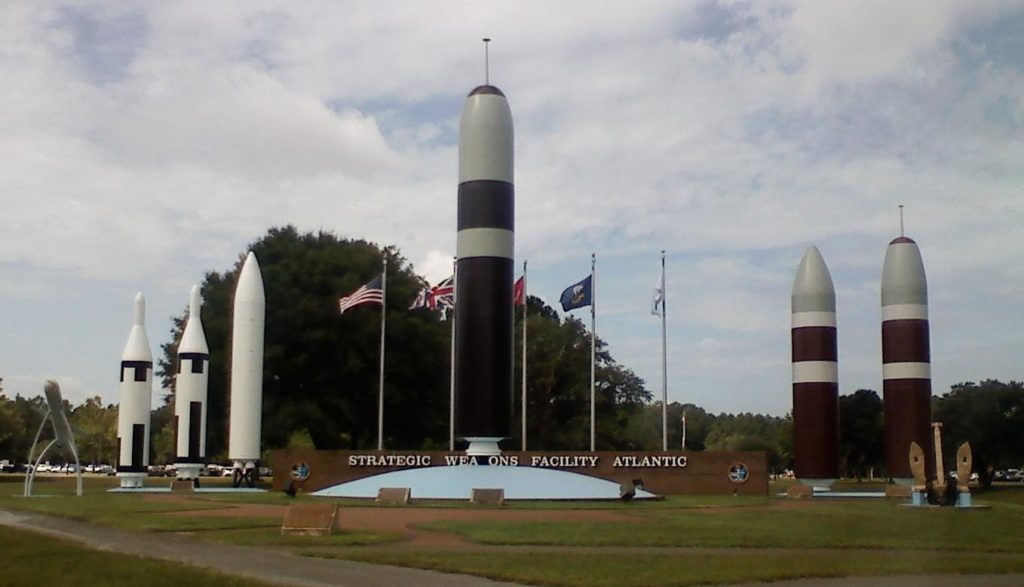
Let’s now move to the logistical details of the assembling. The facility has a total of seven main production buildings. Inside them, workers have to work with the around 55,000 components of missiles and their warheads.
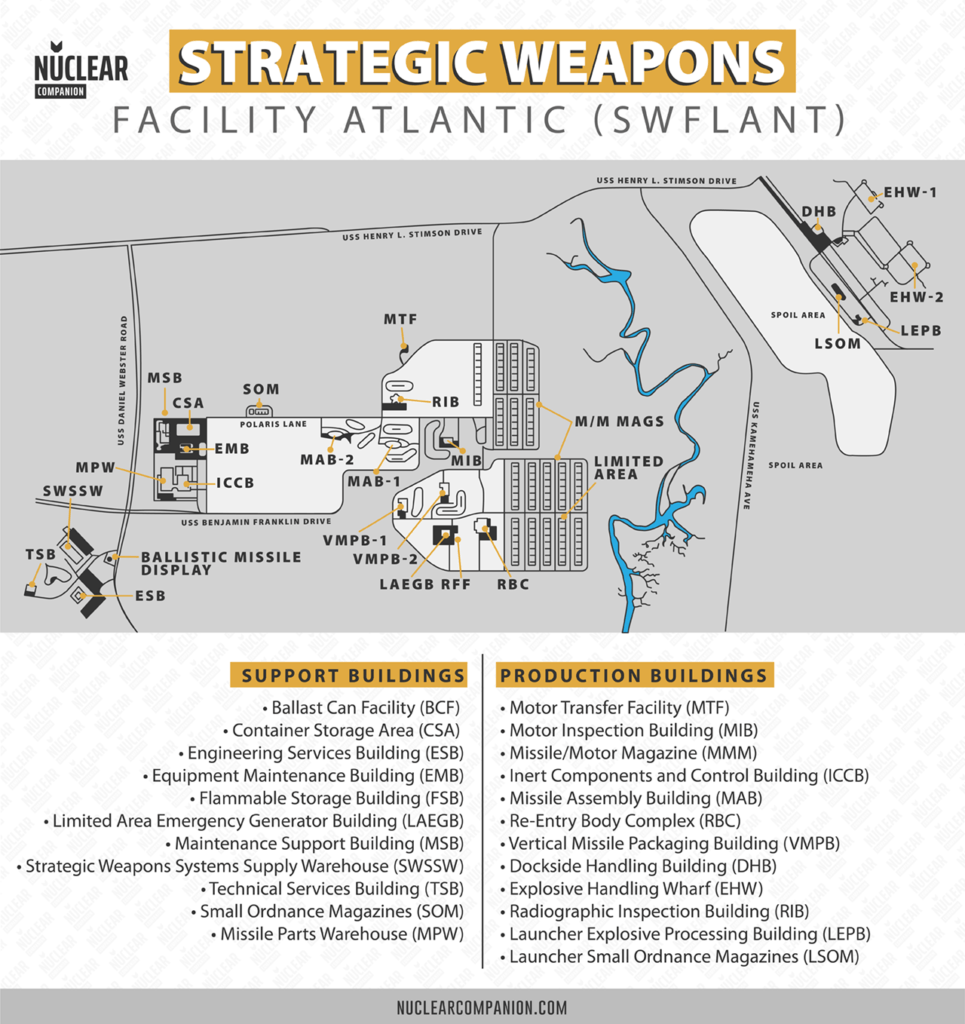
For piecing together the missiles, the facility gets the pieces directly from the manufacturers. A lot of manufacturers.
In fact, more than 1,800 suppliers have their pieces sent to the base. Railcars and guarded convoys deliver all parts to the facility. There, Lockheed Martin Missiles and Space Co. is in charge of the assembly.
9. It has a whole Marine Company securing the base
Throughout its 16,000 acres, the base maintains rigorous security measures. Both land and sea are under constant surveillance. To cover this perimeter, the US Navy uses interlocking chain fences as well as patrol dogs.
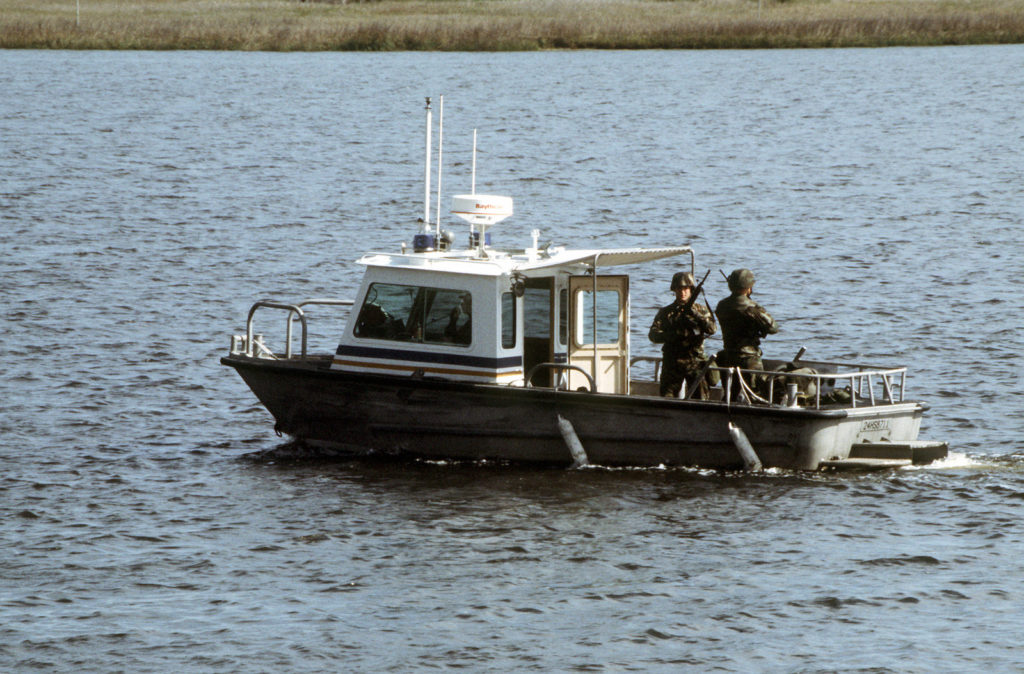
The Strategic Weapons Facility, for its part, forms an even stricter perimeter. Inside its perimeter are the assembly buildings, as well as seventy magazines for the storage of warheads, rocket fuel, and motors.
The presence of weapons of such caliber cannot put aside extra security. Therefore, watchtowers surround it while its own Marine Corps guard of 300 soldiers sentinel the area. Also, each of these buildings has double rows of chain-link fences.
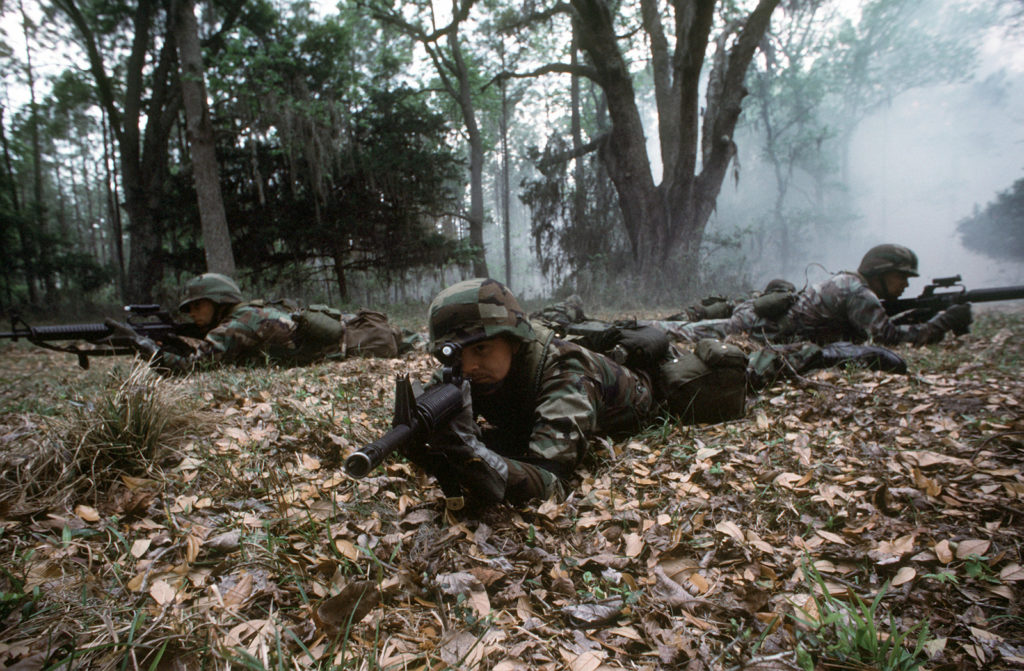
In charge of SWFLANT’s security is the local unit of the Marine Corps Security Force Company.
10. The U.S. Navy does take special measures for handling and taking care of the base missiles and warheads
The seventy magazines in the assembly facility hold another set of security measures. Indeed, they are a national security concern given their destructive power and technology. Nonetheless, as we said earlier, they can also be a danger to the base and Camden itself.
These measures are mostly to hold an accidental ignition of the solid-fuel rockets rather than the explosion of its warheads. This is why the storage buildings have beams to deflect the blast of a possible outburst.
At the same time, missiles remain inside arch magazines of 35,000 yards of concrete. Plus, they have earthen embankments on their sides. These magazines, each one with its own strict heating, ventilation, and air conditioning (HVAC), are also reinforced with 6,000 tons of steel.
Unlike Bangor, both humidity and temperature are significant concerns in southeast Georgia for HVAC systems.
Strict controls are also kept when translating the missiles to the submarines. Reinforced roadbeds move the missiles in canisters from the buildings to the submarines.
In this slow process, the missiles go first to a covered wharf. There, the canisters are lifted vertically over the empty tubes where the missiles lower into their place.
11. Kings Bay’s submarines have to make a very long trip to get into deep water
As far as a hundred miles offshore, to be precise. That is until leaving the continental shelf itself. Before that, departing submarines have only around 60 ft of depth to navigate. Therefore, they are unable to fully dive and disappear into the water without making a large journey offshore first.
A whole different deal in comparison with the Pacific Navy base of Bangor, Washington. In the west coast of the US, that same continental shelf vanishes shortly after the coast. As a result, submarines can quickly dive into the ocean after leaving Puget Sound.
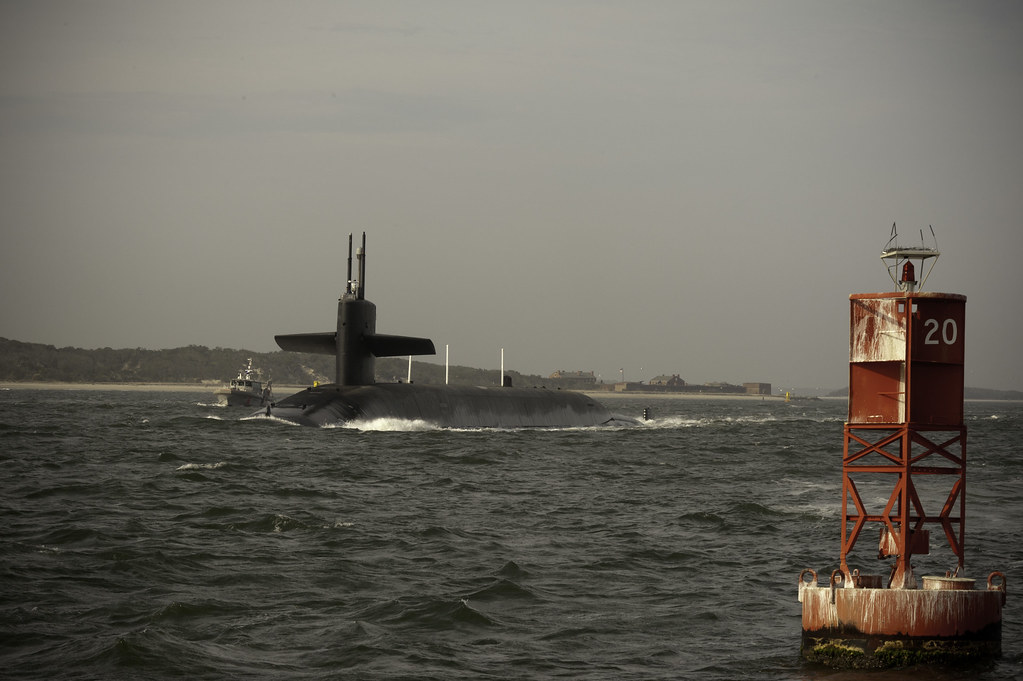
Kings Bay’s submarines, on the other hand, need hours to get into deep waters, hours they had to operate on the surface.
At the same time, the entrance to the base has the particularity of being the confluence of three rivers. To get into Kings Bay submarines requires help from tugboats and seasoned harbor pilots.
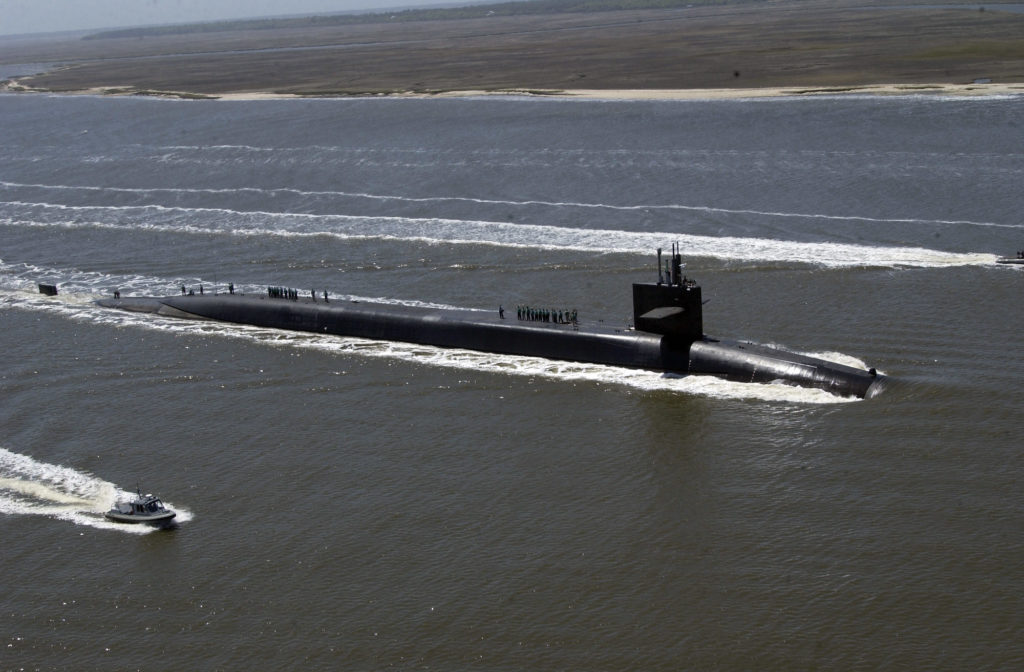
Despite the difficulties, these pilots can appreciate this surface maneuvering. Since underwater patrols can be as long as two months, the low depth of the Atlantic coast gives them time to maneuver on the surface.
Also, it is worth mentioning that the continental shelf protects Kings Bay’s shore from enemy submarines. Its low depth makes impossible any kind of stealth approach.
12. Submarine Missiles Are Not Armed While in the Base
Only after passing Cumberland Island Sound the crew connects the missiles to their ignition system. This system consists of a converter from DC to AC which delivers an electric charge of 2,800 volts. This electric charge ignites the Westinghouse steam generator which propels the under-pressurized-steam missiles.
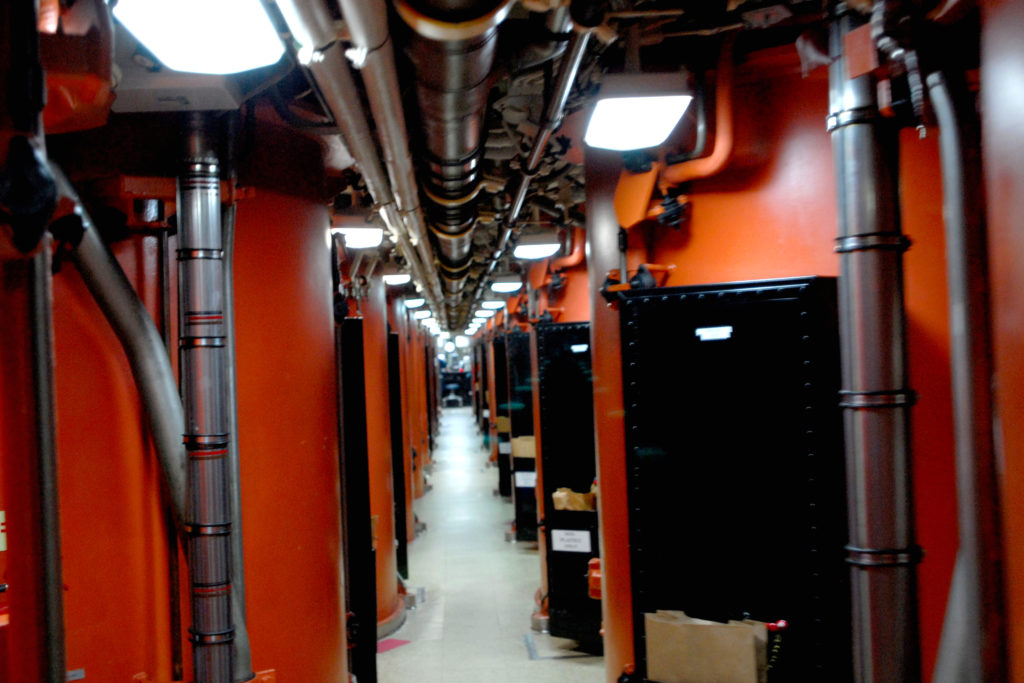
These electrical devices are the key part of launching. As such, they are kept apart when near the base to avoid any accidental launching.
13. Its immense Training Facility is almost a “grounded” submarine
The Trident Training Facility is the largest building in Camden County and one of the largest in Georgia. It occupies more than 500,000 square ft of classrooms and office space.
And, yes, it holds all the components of a Trident sub, except the hull and nuclear reactor.
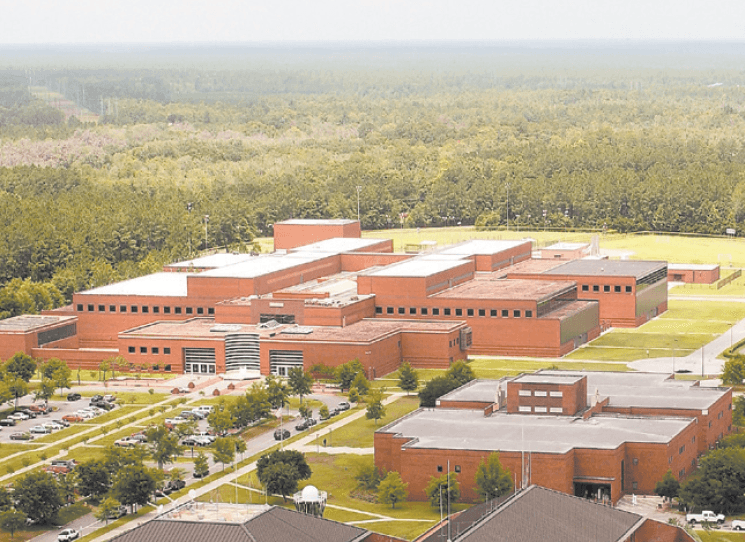
This gigantic facility can provide training to as many as 25,000 students every year. They attend multiple courses from three days up to nineteen weeks. These courses range from the basics in electronics and maths to submarine maintenance and equipment use.
Inside, the atrium windows of its main hall and cream walls recall the look of a mall. Nonetheless, as one of the most relevant US Navy training facilities, inside of it one can find but the top-notch in military training. While the building cost $96.3 million, it contains $691 million worth of training equipment.
Among its sixty-six classrooms and library, this training facility replicates an actual submarine. This allows students to train with the very same equipment mandatory to use when on offshore duty. They can practice drills such as flooding, fires, and reactor leaks.
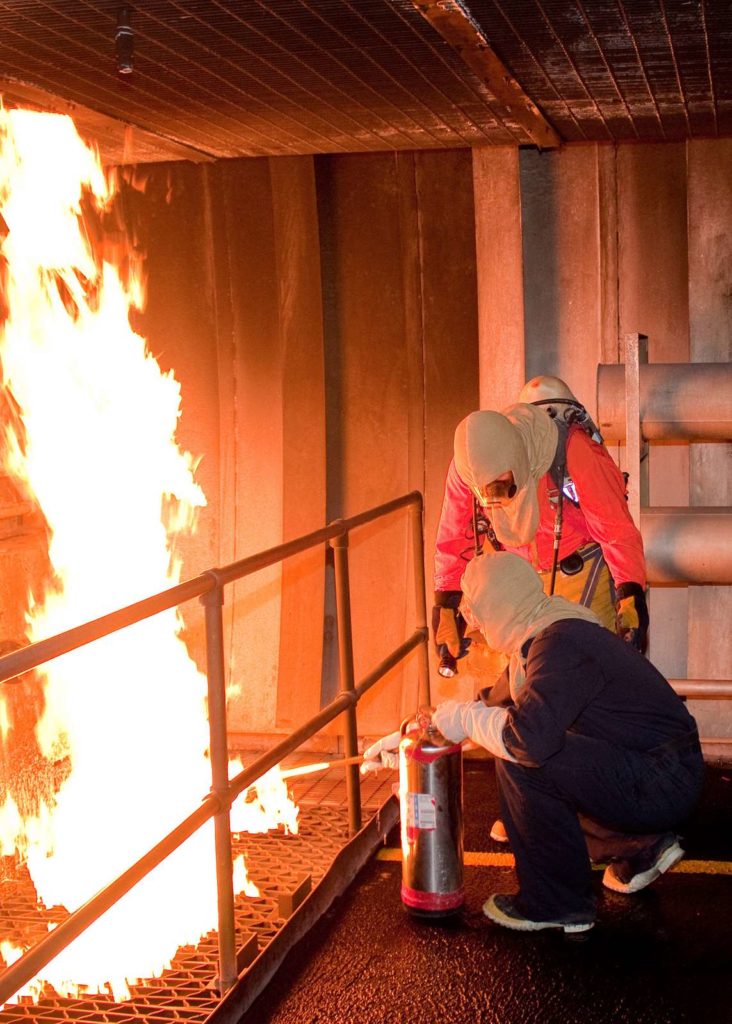
Students can even use an event-simulator radar to practice navigation.
And what about missiles? Launching procedures can be practiced with the help of lookalike panels. They connect to missile silos with a dummy load. All the equipment is identical to the actual submarine but the hull and nuclear reactor.
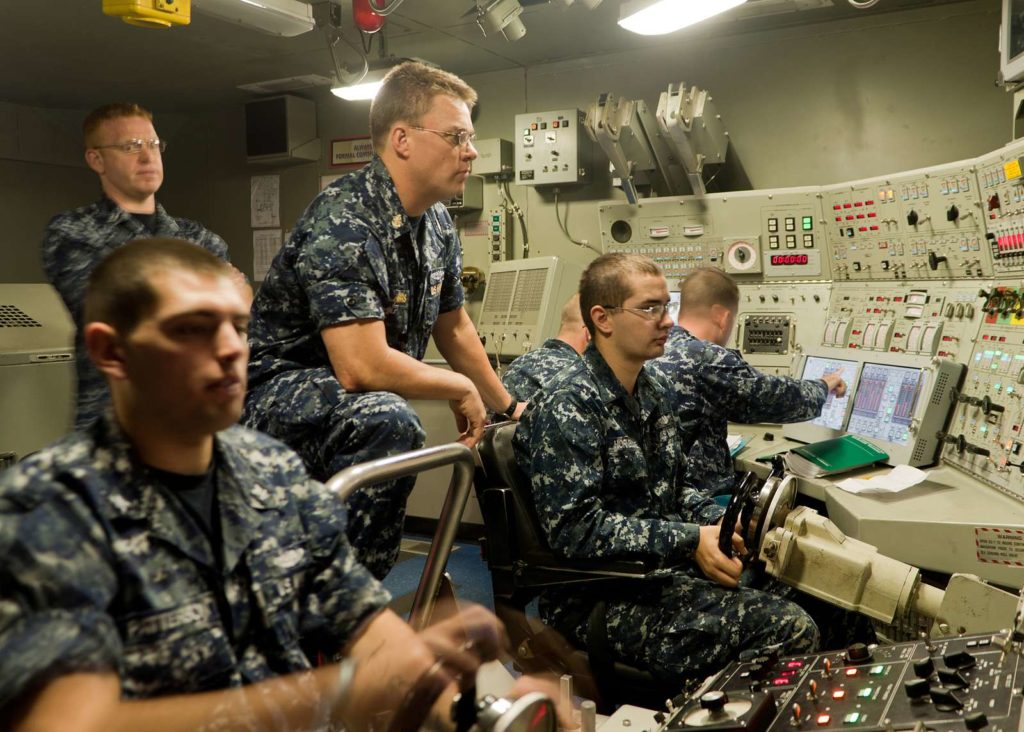
Furthermore, not only students use this facility. There are two crews for each Trident submarine giving a total of 155 crewmembers.
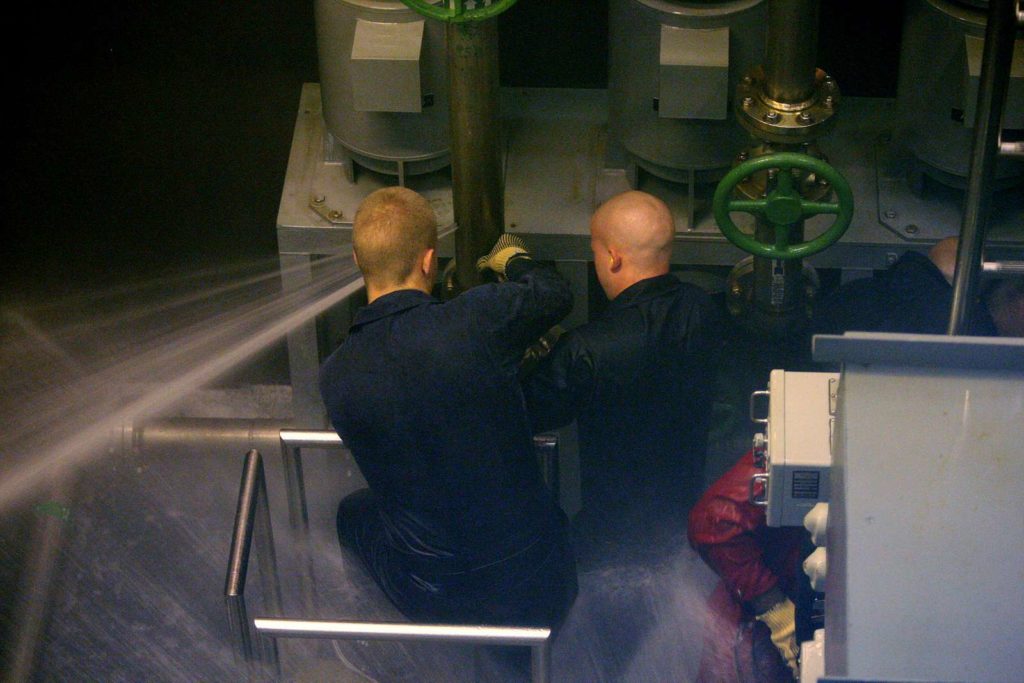
The crew alternates their time on sea and shore in a cycle of ninety-five days. During each cycle, 70 crewmembers are out patrolling. And while half of the crew is ashore, the rest of them spend their time training in Kings Bay.
14. Has an archaeological site of national importance as well as a variety of wildlife
Archeologists found in Camden pieces that integrate the National Register of Historic Places.
Let us not forget that at its beginning Camden County was a plantation field. The one belonging to Thomas King, son of the very John King, worked between the 1840s and the 1850s. He was the second wealthiest planter at that time. The first place was for John H. McIntosh.
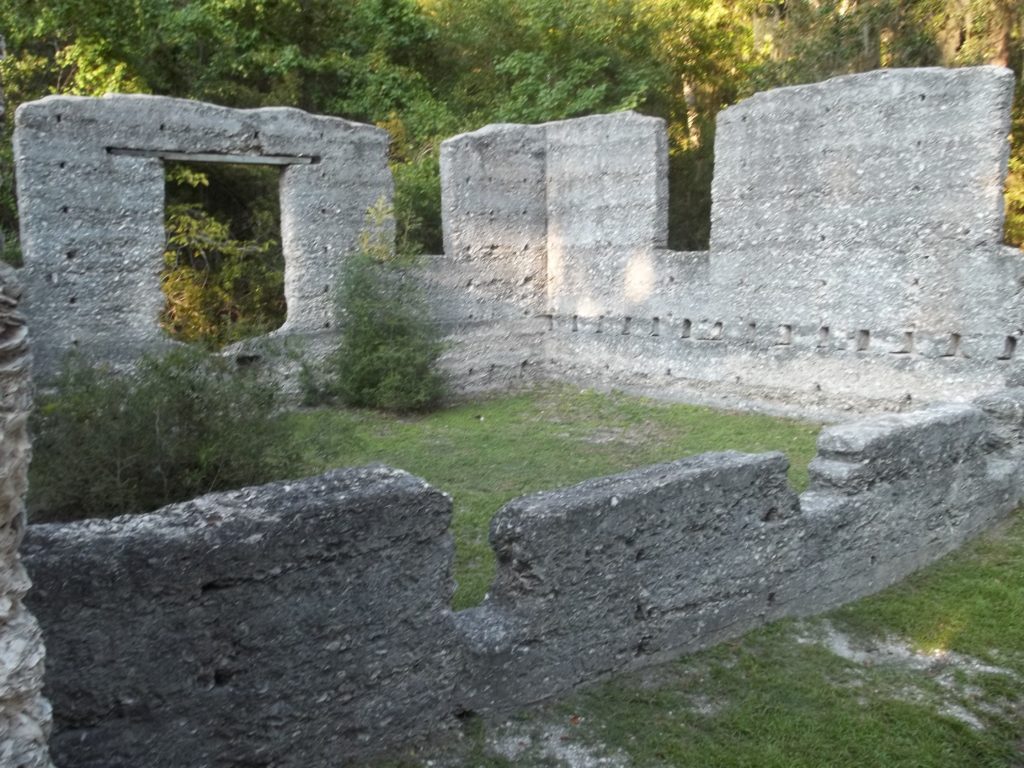
Objects found at Kings Bay are items such as English tableware, wine goblets, and English and French wine bottles. Not only archaeologists found his house, but also the two slave quarters he owned.
Items as old as military buttons from the War of 1812 also appeared in front of the archeologist. Additionally, these pieces are believed to be from John King’s plantation, the Cherry Point Plantation; Thomas’ father.
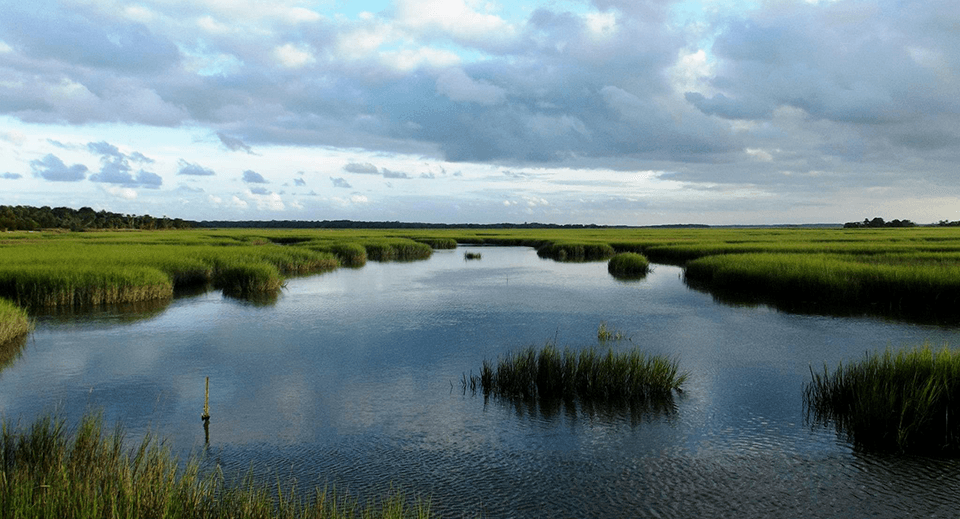
To its archeological and historical value, we shall add a variety of animal species. These include 229 birds, 68 mammals, 67 reptiles (5 poisonous snakes), and 37 amphibians.
Also, of these species, twenty are threatened or endangered. This gives us a glimpse of the natural heritage within the base. Some of them are the Manatee, Gray Fox, Southern Bald Eagle, Osprey, Least Tern, and Wood Stork.
15. It follows Navy environmental sustainability regulations
The US Navy base has also a developed sense of environmental responsibility. Of its 16,9k acres, 4,5k are protected wetlands and 6,9k are available for outdoor activities.
Most importantly, the Kings Bay base hosts the very first full-service recycling plant. The plant works on the reduction of the base ecological footprint and energy conservation.
With its help, every three months the base recycles:
- more than four tons of aluminum cans
- about 20 tons of mixed paper
- 5 tons of computer paper
- 13 tons of white office paper
- 80 tons of cardboard
- 2 tons of steel
- and 15 tons of newspaper
There is also the Kings Bay wastewater treatment plant. It treats approximately 829,000 gallons of water daily.
The recycling plant is, in fact, part of the Morale, Welfare & Recreation Department program. This department is in charge of improving the quality of life of the military within the base.
As such, the department takes care of designing programs for them and their families. They even put Starbucks in the base! It is also responsible for creating parks and awareness of the natural resources in the state.
Further reading
- Kings Bay Naval Submarine Base Chronology
- History of Kings Bay Naval Base Vol I: The U.S. Army years (1955-1978)
Now It’s Your Turn…
Which of the 15 facts did you like?
Or maybe you want to share another one.
Either way, let me know by leaving a comment below right now.
Is there a way to know the total number of civilian employees at Kings Bay?
Hi Tom. According to “Guide to Military Installations” by Dan Cragg, in 2001 the base population consisted of approximately 5,600 active duty personnel, 15,000 family members, and over 2,500 civilian employees.
Does Kings Bay doc shops as well or do they just doc submarines? (I’m trying to enlist in the navy.)
How many different courses are now being taught at the Trident Training Facility (TTF)?
Hi Perry. TTF’s laboratories and 143 classrooms can be used around the clock by as many as 500 officers and enlisted men. At “full speed,” 227 courses can be provided to Trident submariners at the facility.
My father, (former Navy), was involved in the construction of the Kings Bay Naval base. He worked for Sverdrup & Parcel. He and my mother moved to St. Mary’s, GA for the early construction phase. He brought back boxes of shark teeth, which I still have. Do you have any anecdotal stories about the dredging of the area and the shark teeth found? I am going to give my grandson some of the teeth for Christmas, along with a book about sharks. I haven’t found much online. I was fortunate to have visited parts of the non-secret areas of the construction site many years ago, and remember it well. If you have any info on the shark teeth, I’d love to hear. Thanks
Hi Martha, Thanks for writing. We hope to add more chapters to King Bays base history.
At Fort Clinch State Park, north of Amelia Island, is a very good place for shark teeth hunting as the place is used for dredging the river channel for the Base subs.
I worked for OICC Trident during the planning, design and construction of the submarine base. I was the project design engineer for the dredging of both the inland and ocean entrance channels. I added the dogleg to the ocean channel cutting the length of the ocean portion of the channel from roughly 18 miles (original conceptual plan) to 12 miles thus saving 6 miles of new construction dredging and future maintenance dredging. I also was the project design engineer for the Mediterranean moooring (Med-moor) for the submarine tender and lay berths for 4 submarines. I wrote the dredging plan and dredge disposal management plan. I also managed the hybrid model (physical and mathematical model) that included Kings Bay and the surrounding areas conducted by the US Army Waterways Experimental Station in Vicksburg, Mississippi. It was a great experience for this civil engineer.
I served on the USS Simon Lake from Oct 79 to July 83. When I reported just a few buildings and t my ship. By the time I left the place exploded with construction. The first submarine arrived in ‘79 not ‘89.
Thanks Neil for sharing. I corrected the text. It is now talking about the first Trident Sub.
No nine about the Marines securing the base. I have a grandson in the Marines stationed there.
Is this really public information? I mean, I lived there for 7+ years, but I don’t feel comfortable knowing all this about a working base that is paramount to our national security.
Hi Jules, in response to your concern, it’s crucial to clarify that the information published in the article is sourced from public records and open-source materials. We take it seriously the handling of sensitive information and National Security. In newer articles, we are listing the sources and we hope to reach 100% of articles in the near future.
Most submarine website talks about their missiles and Torpedos as well as most if not all the countries in the world probably already know about this stuff. ….I mean we spy on each other regardless if their allies or not. 🤷🏻♂️
I went to St Mary’s elementary when Dad was stationed there. I think we had one set of housing on base then. I remember the smell of the paper mill and the gnats at night. 1981 I believe was the year we were there before Dad went to APWO NAS Jax. Anyway, just found his old OICC Trident coat cleaning out storage. Had to google where it was smh – but I was only 7.
Christian, thanks for the insightful piece on the history and significance of KB. It’s hard to comprehend how much power exists in a SSBN. Its strategic location reminds me of the Germans choosing western France for trips onto the Atlantic. Those sub buildings do not look like the German concrete monster buildings of WWII. My son is near graduating from NS in Goose Creek. He hopes to be on a boomer at KB. Very proud to be a Navy Dad and try to read as much as I can on Navy and SSBN matters. Thanks
Indeed…Very interesting information. I was forwarded to this site researching information about the nuclear submarines and their location at Kings Bay Naval Base, but now I’m keenly interested in the history of the plantation and my ancestors who were enslaved there. I can imagine their spirits may still be there after such a harrowing, degrading, inhumane existence.